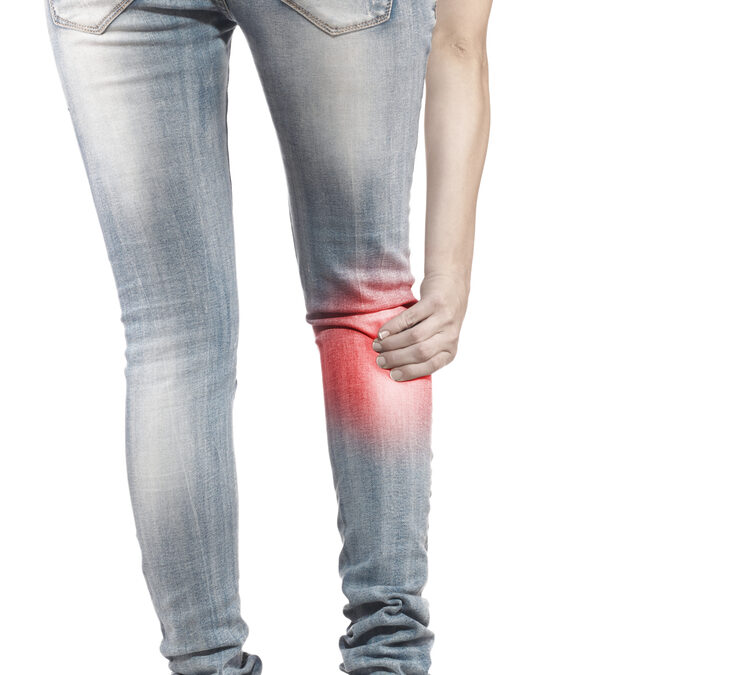Do you ever experience knee pain or swelling after walking or running that seems to affect the back side of your knee? If so, let’s review a lesser-known yet not uncommon knee condition called a Baker’s Cyst.
The Incidence of Baker’s Cyst
First things first, what exactly is a Baker’s Cyst, and how prevalent is it? Well, studies suggest that Baker’s Cysts affect 25.8% of those experiencing knee pain.
Why Do They Occur?
Baker’s Cysts, also known as popliteal cysts, typically develop as a result of an underlying knee condition. These could range from aggravation of pre-existing arthritis to meniscal tears, or even inflammatory conditions like rheumatoid arthritis. When the knee produces too much synovial fluid in the joint due to inflammation, it can bulge out into the back of the knee, forming a cyst.
Recognizing Baker’s Cysts
So, how do you know if that nagging knee pain and swelling are due to a Baker’s Cyst? Here are the common findings:
- Swelling: You might notice a bulge or swelling at the back of your knee, especially when you’re standing or walking.
- Pain: This can vary from a dull ache to sharp pain, particularly when you bend or straighten your knee.
- Stiffness: Your knee might feel stiff, making it difficult to fully extend or flex.
Physical examination by a trained medical professional, such as a physiotherapist, along with imaging such as an ultrasound assist in confirming the diagnosis.
How is Baker’s Cyst Treated
Now, onto the pressing question: what can be done about a Baker’s Cyst? Treatment usually depends on the underlying cause and the severity of symptoms. Some common approaches include:
- Medication: Over-the-counter pain relievers and anti-inflammatories can help manage pain and swelling.
- Physiotherapy: Exercises can improve knee stability and flexibility. Your therapist will also work with you to initially set activity limitations, then appropriate goals to gradually increase the amount that you walk or run.
- Drainage: In more severe cases, your doctor might recommend draining the cyst to relieve pressure and discomfort.
- Surgery: Surgical procedures such as an arthroscopy to smooth out any roughened cartilage or repair the torn meniscus may be recommended
- Addressing the Underlying Cause: The key is treating the condition causing the excess fluid buildup, such as arthritis or a meniscal tear.
As for the prognosis, it’s generally good with appropriate treatment. Most people experience significant improvement in symptoms, allowing them to gradually resume their daily activities.
Seeking Help
If you’re experiencing knee pain and swelling, whether you suspect it’s due to a Baker’s Cyst or not, it’s essential to seek professional evaluation and guidance. Here at North 49, we specialize in diagnosing and treating various knee conditions.
Feel free to reach out to us by calling 306.343.7776 or by booking an Initial Assessment with one of our team physiotherapists through the scheduling platform on our website.
Whether it’s navigating stairs, playing with your children, or pursuing your passion for running, we’re here to support you every step of the way. Don’t let knee pain hold you back.

